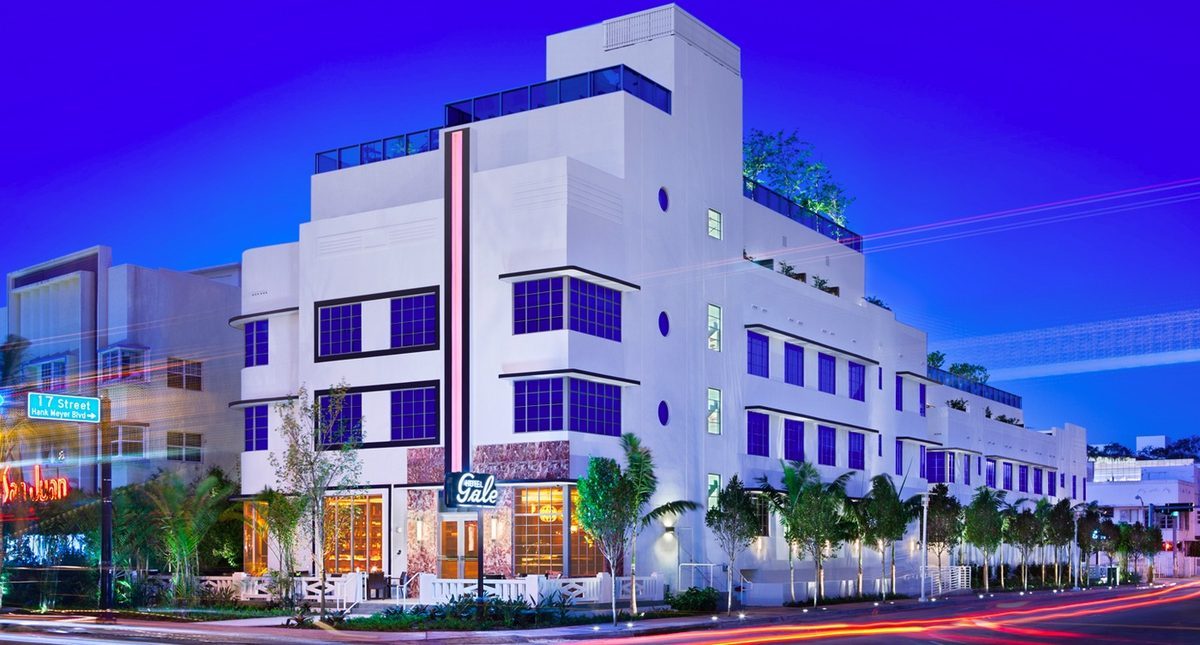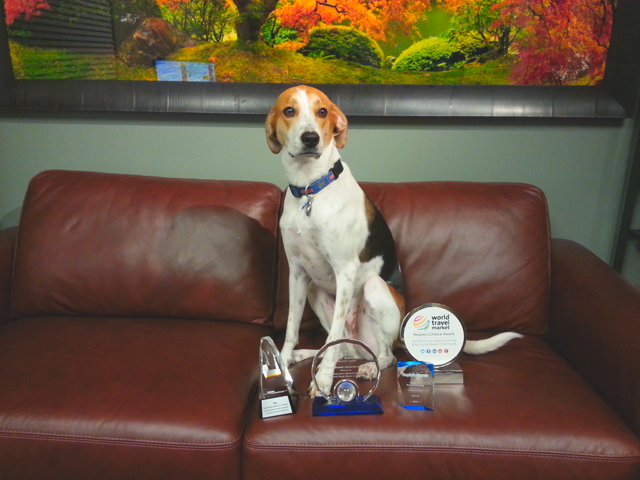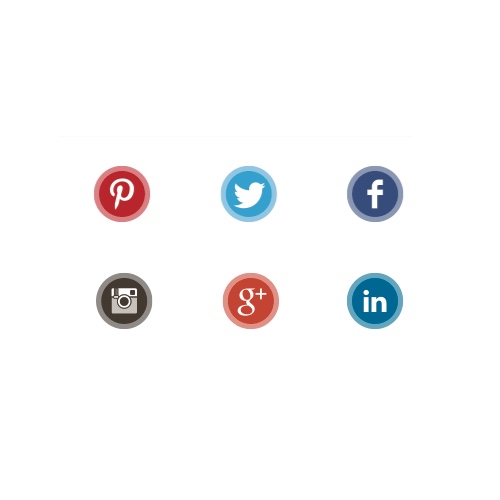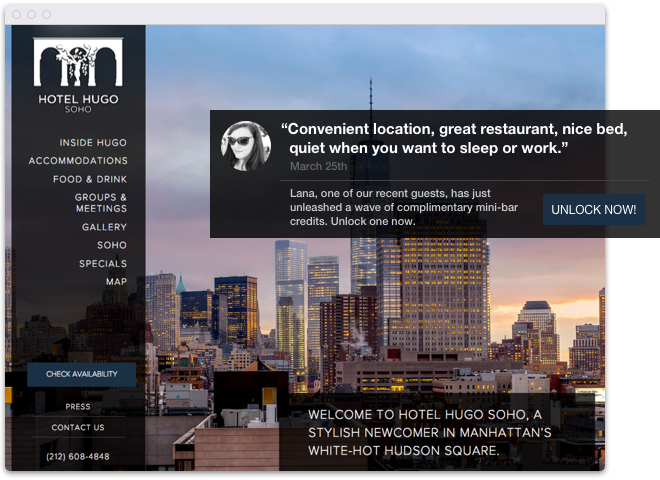Within two months of implementing Flip.to, they had connected with nearly 48,000 friends and family of guests


ORLANDO, FL – JULY 2014 – Menin Hospitality owns the Bentley South Beach on the famed Ocean Drive; Gale South Beach, a luxury boutique 87-room Art Deco hotel; the Zen-like Sanctuary South Beach; and the Raffaello Chicago, centrally located on the famed Miracle Mile.
Searching for a way to effectively leverage the marketing power of their guests across the four unique hotels led Menin Hospitality directly to Flip.to.
Within two months of implementing Flip.to, they had connected with nearly 48,000 friends and family of guests.
26% of Menin Hospitality’s guests across all four properties shared a branded message with their personal networks through Flip.to, becoming an integral marketing tool for the hospitality group by creating a personal awareness about the hotel for every one of their connections. Each guest post included a unique link that directed their friend or relative to the hotel’s website, which Flip.to then dynamically personalized for each and every guest connection.
“Menin Hospitality is always looking for new and innovative ways to reach our present and future guests,” said Marisa Marcus, Director of Marketing for Menin Hospitality. “After two months of utilizing Flip.to, it has become a go-to social platform for the company. We have seen significant increases in connections, unique website visits and email sign-ups, ultimately resulting in an increase of guests staying with us at our hotels.”

“Flip.to allows hotel groups to deploy a guest referral strategy across multiple properties and locations that vary in every way, with great results and consistency,” said Debi Moses, Senior Director of Sales for Flip.to. “Never before Flip.to has this been possible for groups like Menin.”
To find out more about how Flip.to can help create a significant, measurable impact for your hotel, please get in touch with Debi Moses at dmoses@flip.to or visit www.flip.to.







